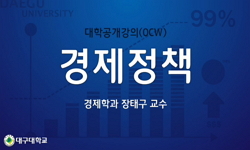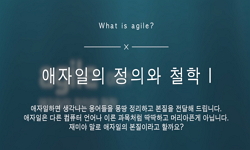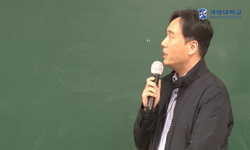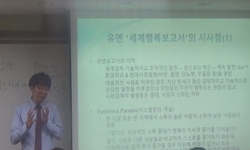As is well known, in the early 1970s the ROK government relentlessly pursued an export-oriented economic policy. In terms of industrial policy, however, the focus shifted from labor-intensive light industries to heavy chemical industries. This convent...
http://chineseinput.net/에서 pinyin(병음)방식으로 중국어를 변환할 수 있습니다.
변환된 중국어를 복사하여 사용하시면 됩니다.
- 中文 을 입력하시려면 zhongwen을 입력하시고 space를누르시면됩니다.
- 北京 을 입력하시려면 beijing을 입력하시고 space를 누르시면 됩니다.


Compositional Changes of Economic Policymakers and New Economic Discourses in the 1970s and 80s = Compositional Changes of Economic Policymakers and New Economic Discourses in the 1970s and 80s
한글로보기https://www.riss.kr/link?id=A107058131
- 저자
- 발행기관
- 학술지명
- 권호사항
-
발행연도
2009
-
작성언어
-
- 주제어
-
등재정보
SCOPUS,KCI등재,ESCI
-
자료형태
학술저널
-
수록면
1-28(28쪽)
- 제공처
- 소장기관
-
0
상세조회 -
0
다운로드
부가정보
다국어 초록 (Multilingual Abstract)
As is well known, in the early 1970s the ROK government relentlessly pursued an export-oriented economic policy. In terms of industrial policy, however, the focus shifted from labor-intensive light industries to heavy chemical industries. This conventional interpretation, however, misses an important point. It fails to account for the continuous economic stagnation in the late 1970s - early 1980s and how it changed the economic policy of the ROK government. This paper analyzes new economic policy as proposed in ‘economic stabilization policies’ from the late 1970s to overcome the signs of an ailing economy. South Korean economic policymaking during the 1970s and 1980s can be seen as a process of expanding the market-centered views based on the neoclassicist introduced by the so-called “Sogang School” and the KDI. The discourses espousing the minimization of government roles in the economy, unthinkable during the 1970s, began to gain dominance among economists. Although differences between the “market-centered” group and the “gradual liberalization” group nevertheless remained, new domestic and international developments did not permit the counter-discourses of Pyŏn Hyŏngyun and Pak Hyŏnch’ae to influence policy. Of course, market-centered views could not be institutionalized in their full theoretical implications in the South Korean context, as the South Korean economic system continued to invite government interventions despite the neoclassicist tendencies of the “Sogang school” and the KDI. The “result-oriented” “Park Chung Hee” style of policymaking of the 1970s continued to play an important role, and the two oil shocks and the economic crisis around 1980 prevented complete economic liberalization. However, considering the situation then, it appears likely that neoclassicist economists and bureaucrats, such as Yi S˘ungyun and Kim Chaeik, were appointed to important positions in policymaking, and they appear to have justified their approach in publishing Kyŏngje anjŏng sich’aek charyojip in 1981. However, it was to take a long time before the neoclassical stabilization policies were fully adopted, since they only took root after the financial crisis of 1997. The reason for this delay was an attachment to balanced growth theory, which had held sway over economic policy discourses since the 1950s, and the socio-economic structure established during the Park Chung Hee era, the so called “developmental state.”
동일학술지(권/호) 다른 논문
-
Reinventing Female Identity: A Brief History of Korean Buddhist Nuns
- 서울대학교 규장각한국학연구원
- ( Cho Eun-su )
- 2009
- SCOPUS,KCI등재,ESCI
-
Tasan’s choice: Yi Yin or Yan Yuan?
- 서울대학교 규장각한국학연구원
- ( Kim Hongkyung )
- 2009
- SCOPUS,KCI등재,ESCI
-
Paradise Found: Recovery and Redemption in Yi Hyoseok’s Later Literature
- 서울대학교 규장각한국학연구원
- ( Steven D. Capener )
- 2009
- SCOPUS,KCI등재,ESCI
-
- 서울대학교 규장각한국학연구원
- ( Um Jung-sik )
- 2009
- SCOPUS,KCI등재,ESCI




 KISS
KISS







